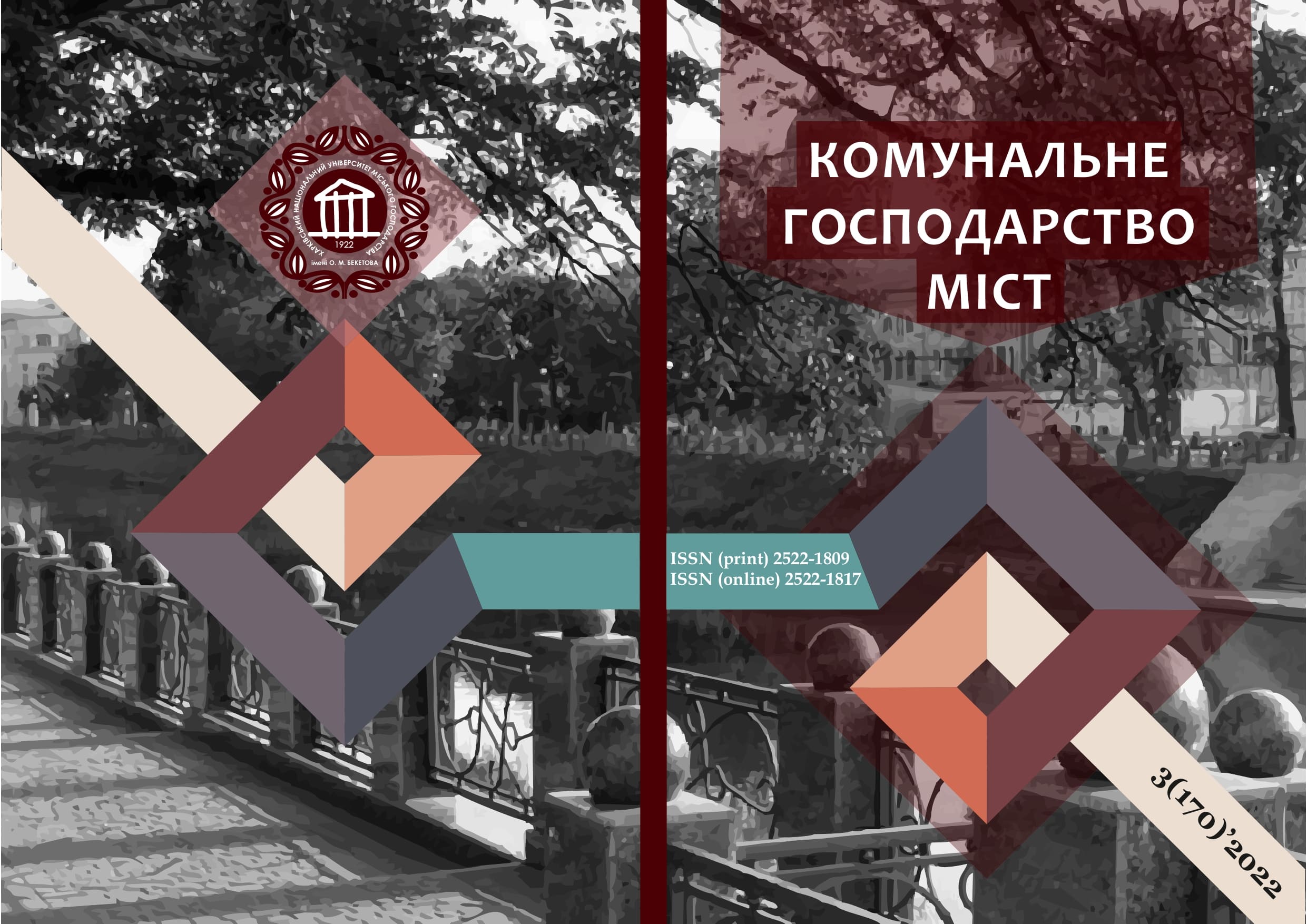ORGANIZATION OF ARCHITECTURAL SPACES IN GAME DESIGN ON THE EXAMPLE OF THE GAME "STAR WARS JEDI: FALLEN ORDER"
DOI:
https://doi.org/10.33042/2522-1809-2022-3-170-122-127Keywords:
game design, architecture, location, tomb, game space.Abstract
Creating modern computer games is a complex process that consists of many components. Along with work on game mechanics or character design, an important aspect is the organization of the game space for its further use in the game process. The creation of such spaces is largely based on the experience of planning real buildings, spaces or even cities.
The issues of such an organization are decided by the relevant departments in the studio that develops the game, but in addition to purely technical issues, an important visual and cultural aspect. The study of the possibilities of using historical examples of architectural art in the interpretation of the game world is a new issue and opens wide prospects for research in both historical and visual aspects.
The work is based on research by both domestic and foreign authors on the history of architecture in a global and more specialized sense. Information about the features and characteristics of sacred architectural structures is correlated with the implementation of the game space on the example of the game "STAR WARS JEDI: FALLEN ORDER". The paper analyzes both the spatial planning organization of buildings and their structural side, as well as decorative finishes. In addition, the paper investigates the relationship between game location planning and the organization of the game process in this area of the game.
The study revealed significant potential in the use of historical architectural models in terms of rethinking and using as prototypes of locations in game design. This applies to both the general external features of the building, its planning and construction, and the approach to the worldview of the game world. At the same time, this approach facilitates scenario-based gameplay modeling by providing the player with visual and semantic information about where he or she is and where he or she should go next.
References
Gorbik, O.O. (2016). Stylistic features of the architecture of ancient Egypt. KNUBA Architectural Bulletin, 10, 159–164. [in Ukrainian]
Gorbik, O.O. (2018). Stylistics of architecture of Asia Minor tombs 1 thousand BC.e.: genesis, context, epigones. KNUBA Architectural Bulletin, 16, 185–192. [in Ukrainian]
Toqeer, A.W., Samia, T., Saira, R. (2019). Tomb of Musa Ahangar: An Analysisof its Architecture and Decoration. PAKISTAN HERITAGE, 11, 83–92.
Andelkovic, J., Nicolic, E., Rogic, D. (2013). “Tomb with cupids” from Viminacium: a contribution to research of construction, iconography and style. STARINAR, LXIII, 73–100.
Girella, L. (2020). Middle Minoan III—Late Minoan IIIB Tombs and Funerary Practices in South-Central Crete. Death in Late Bronze Age Greece. Ed. by Joanne M.A. Murphy. Oxford University Press, 248–281.
Brown, A. (2008). Monumentalizing Identities: North Syrian Urbanism, 1200-800. University of California, Berkeley.
Pucci, M. (2008). Functional Analysis of Space in Syro-Hittite Architecture. British Archaeological Reports Ltd: Archaeopress.
Osborn, F.J. (2014). Settlement planning and urban symbology in Syro-Anatoilian cities. Cambridge Archaeological journal, 24, 195–214.
Kodin, V.O., Panov, P.V. (2007). Architecture and urban planning of Western Europe and Byzantium III–XV centuries. KNAMG, Kharkiv. [in Ukrainian]
Shubovych, S.O., Vdovytska, O.V. (2011). Ancient architecture. A synopsis of lectures on the course "History of Arts, Architecture and Urban Planning". KNAMG, Kharkiv. [in Ukrainian]
«Star Wars Jedi: Fallen Order». URL: https://www.ea.com/ru-ru/games/starwars/jedi-fallen-order/overview
Tomb of Eilram. URL: https://www.artstation.com/artwork/GXlk9Q
Tomb of Miktrull. URL: https://www.artstation.com/artwork/w8kN0L
Tomb of Kydjet. URL: https://www.artstation.com/artwork/gJnZBP
Downloads
Published
How to Cite
Issue
Section
License
The authors who publish in this collection agree with the following terms:
• The authors reserve the right to authorship of their work and give the magazine the right to first publish this work under the terms of license CC BY-NC-ND 4.0 (with the Designation of Authorship - Non-Commercial - Without Derivatives 4.0 International), which allows others to freely distribute the published work with a mandatory reference to the authors of the original work and the first publication of the work in this magazine.
• Authors have the right to make independent extra-exclusive work agreements in the form in which they were published by this magazine (for example, posting work in an electronic repository of an institution or publishing as part of a monograph), provided that the link to the first publication of the work in this journal is maintained. .
• Journal policy allows and encourages the publication of manuscripts on the Internet (for example, in institutions' repositories or on personal websites), both before the publication of this manuscript and during its editorial work, as it contributes to the emergence of productive scientific discussion and positively affects the efficiency and dynamics of the citation of the published work (see The Effect of Open Access).

